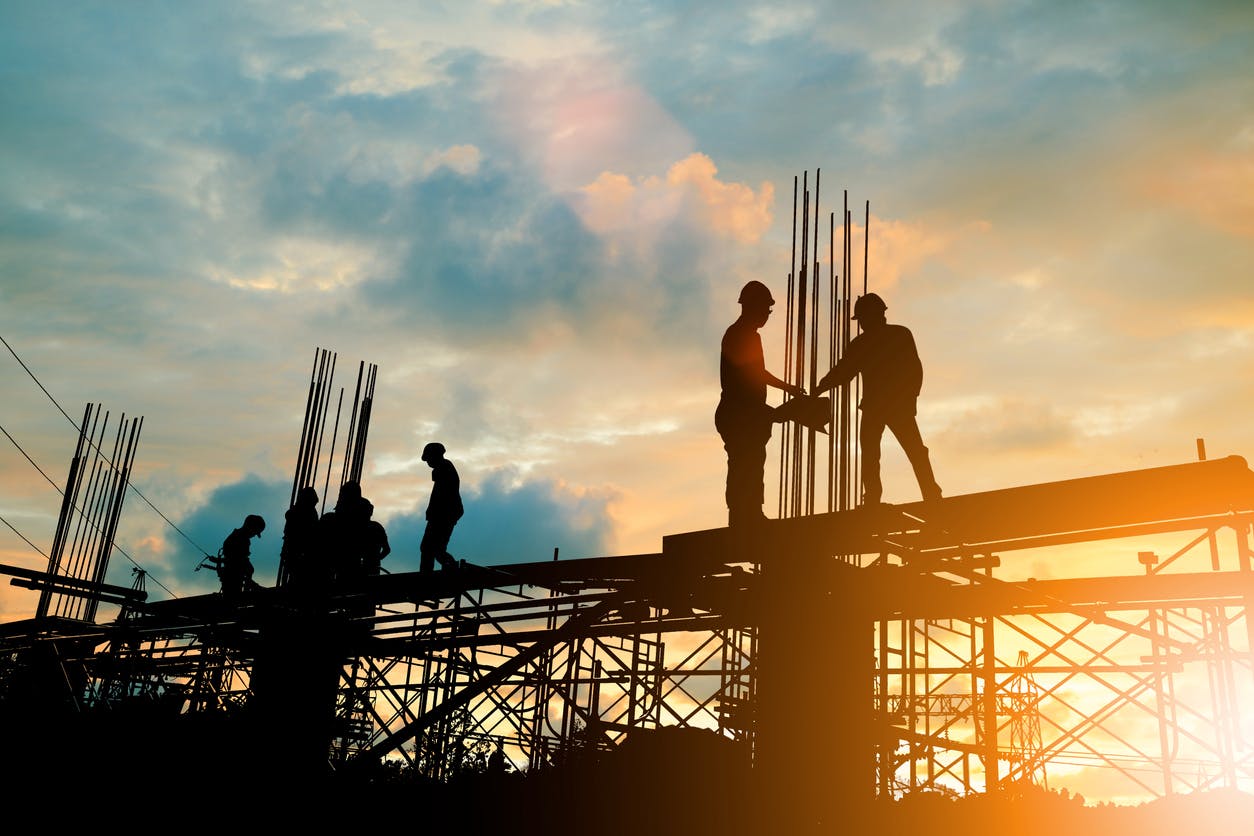Each industry has its own working practices, competencies, risks, solutions, and hence different injuries and safety standards. The two industries are categorically distinct from one another, and OSHA established distinct safety requirements for each. OSHA refers to all areas of the economy covered by the 29 CFR 1910 laws that are not related to construction, agriculture, or shipping as a general industry. The regulations for the construction industry are described in 29 CFR 1926.
OSHA, which stands for "Occupational Safety and Health Administration," is a federal platform that ensures occupational safety and adequate training for various industries. OSHA safety standards are concerned with mainly four industries, including
- Construction industry (Part 1926)
- General Industry (Part 1910)
- Agriculture (29 Code of Federal Regulations (CFR) Part 1928)
- Maritime (Part 1915, 1917, and 1918)
Manufacturing, compounding, processing, assembling, and fabricating items are all included in the term "general industrial." On the other hand, the construction industry refers to the industrial sector of production and trade associated with constructing, maintaining, repairing, and renovating infrastructures. The construction industry contributes 3.9% to the U.S. GDP and employs 10,341,074 individuals across the country.
The two industries are categorically distinct, and OSHA established precise safety requirements for each. OSHA refers to all areas of the economy covered by the 29 CFR 1910 laws that are not related to construction, agriculture, or shipping as a general industry. The regulations for the construction industry are described in 29 CFR 1926. They cover specific construction site conditions and set obligations for all employers in the industry. Maintaining OSHA compliance requires understanding the differences between general industry and construction industry standards. Whether the project is done in general industry or construction, it is best practice to use the most conservative criterion.

DIFFERENCE IN STANDARDS:
Each industry has its working practices, competencies, risks, solutions, and hence different injuries and safety standards. For instance, a general industry employee needs help to acquire the abilities and expertise of a person in construction. To close this gap, OSHA created a new set of safety regulations for several industries between 1926 and 1928. One criterion does not supersede or replace another. Specific standards may overlap but are different, with several apparent inconsistencies.
There are differences in the safety standards of the two industries listed in 2022, some of which are listed below:
Electric work standards:
Per the construction standard, all 120-volt outlets used by employees not part of permanent wire must have GFCIs or a program that ensures the equipment conductor is grounded. However, GFCIs and guaranteed grounding practices are separate from the industry's basic requirements.
Standards for cranes:
The construction standard addresses the requirements for crane-suspended platforms, material hoists, and personnel hoists, although the general industry laws do not.
Standards for Material Handling:
In contrast to conventional industry rules, the construction standard includes a table for the spacing and numbering wire rope clips, which is not necessary for general industry.
Engulfment Hazard Monitoring:
An early warning system that regularly checks for non-isolated engulfment threats is required on construction sites. In addition, it must provide the admission worker(s) enough advance notice to safely exit the restricted area. In contrast, there is no such requirement in the typical industry standard for monitoring engulfment threats.
Atmospheric air monitoring frequency:
While in a limited space, the construction industry is required to monitor the atmosphere continuously; nevertheless, in the general industry, atmospheric air monitoring must be periodically assessed and changed as necessary.
Atmospheric hazards:
While the general industry only mentions three potential air quality dangers-oxygen, combustible gases, combustible dust, poisonous chemicals, and chemicals at concentrations immediately perilous to life or health (IDLH)—the construction industry deals with five potential atmospheric risks.
Restricted Space Permit Suspension/Cancellation:
Suppose a contractor has a solid reason, such as another project nearby posing a risk or bad weather prohibiting outdoor operations. In that case, they may ask for their confined space licenses to be suspended. Equal freedom is not permitted in the general industry, though. Therefore, if work is stopped, the employer must revoke the limited space permit and request a new one if more access to the place is required.

DETERMINE YOUR INDUSTRY:
Finding the specific course designed for the sector of your choice is crucial. Finding the particular program is challenging because some might view general and construction industry norms as "commutable." However, as was already mentioned, the operations, training, and safety of the two industries are entirely dissimilar and cannot in any way be compared. Here are some pointers for choosing your area of study and your courses:
- Construction is not considered "maintenance" by OSHA. In 1999, OSHA made it clear that "maintenance operations" are carried out routinely, on a timetable, or in advance to guarantee the soundness of a building, fixture, or foundation. This idea refers to keeping machinery operating as it currently is. However, each circumstance must be looked at separately to establish whether a company is carrying out maintenance tasks rather than building ones.
- On November 18th, 2003, OSHA declared that construction operations might involve maintaining and upgrading already-existing buildings and infrastructure. For instance, replacing a single streetlight or utility pole with another pole of a comparable design will be categorized as maintenance work. However, replacing it with a makeshift bar will be classified as construction.
- Under OSHA regulations, non-construction companies may carry out construction activities.
- An outsider or a firm employee can carry out the task.
- The complexity and deadline of the task may have an effect. For instance, the more complex an activity is, the more likely OSHA is to define it as a construction rather than maintenance.
Over the years, OSHA has finely curated the differences between the two major industry giants' safety standards to decrease the rate of unfortunate incidents and accidents. OSHA has worked for many years to define that the general industry and the construction industry are not interchangeable. Therefore, it is essential to know the employees before choosing their good training programs.

